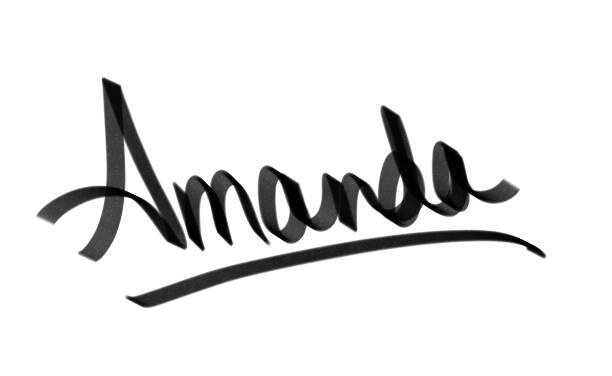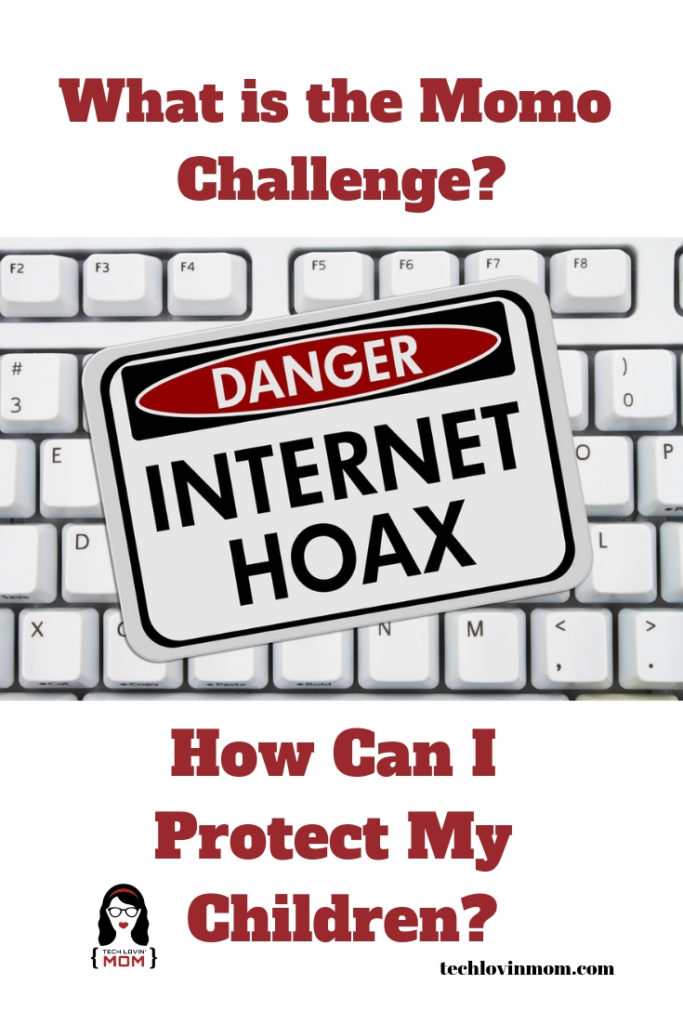
The Momo Challenge has actually been around since the summer of 2018 and has recently come back around and gone viral this time. This challenge was reported to be very similar to the Blue Whale Challenge and Slenderman Challenge that also went viral several years ago and just like
This post uses affiliate links. If you click on my links, I may receive compensation at no extra cost to you. Read my disclosure policy for more info.
To be honest, I missed news of the challenge when it first came out last summer and first heard of the Momo Challenge last week before it was widely labeled as a hoax. I came home and asked my two boys if they had ever heard of Momo or seen the picture. My youngest (12) had not, but my oldest (14) said he had once seen it on a meme. Unfortunately, after discussing it with them and all the media coverage, my youngest was quite freaked out by the whole Momo issue. He said he could not get the image out of his head and was afraid to go to sleep. I decided to research it and see if I could get to the bottom of it for his sake.
The Birth of the Momo Challenge
According to Mashable, in July of 2018, a YouTuber uploaded a new video in which he used a creepy picture of a half girl half bird
With the help of the Internet, the Momo Challenge became a challenge where someone would be contacted by Momo and sent increasingly dangerous challenges. The contact could come through the WhatsApp app or show up embedded in the middle of YouTube videos, especially videos intended for children. The challenges would be to hurt someone, self-harm, or other increasingly dangerous stunts and culminate in suicide. Supposedly, the victims would be told that if they did not participate, Momo would come to them in person and kill them or their family.
It turns out that the image actually came from a sculpture that was used in a horror art show in Tokyo in 2016 and has nothing to do with the Momo Challenge. The Momo Challenge when viral when some parents got wind of it and started sharing warnings on social media platforms like Facebook. Facebook is where I first learned of the challenge in a Parenting Tech group. From there, the media and news stations started picking it up and it grew like
The Momo Challenge Turns Out to Be a Hoax
Once people started looking into it, no concrete evidence could be found of the Momo Challenge. YouTube even put out a statement says that they could find no evidence of videos that actually show the Momo Challenge or promote it. A YouTube spokesman said that if one were found, it would be immediately taken down as it is against their terms of service. I tried to find it myself and all I found were news stories about Momo and others warning to stay away from Momo. There are also some “reaction videos” to the Momo image that can be found.
Unfortunately, urban legends like the Momo Challenge and the popularity of it can now lead others to actually create content about Momo where before it did not actually exist. And unfortunately, all the media attention has caused many children and teens to go looking for Momo online. As a parent, you must be ever vigilant about what your child is doing on the Internet.
How Can You Protect Your Children?
For my son, it was most important to talk with him about how Momo was not real and that the challenge was a hoax. He needed to understand that there was not actually anyone behind Momo that would try to come and hurt him or his family. It also helped when I showed the rest of the original sculpture to him with the bird legs. Mind you, I covered up the face while showing him the bird legs. He found that amusing and that helped dispel the fear.
It is important, especially with elementary aged and younger children, to be present when they are using the Internet. Know what they are doing and what they are watching. Discuss it with them and using it as learning opportunities. Make sure you keep the lines of communication open. And if you are present, you will more easily be able to stop any inappropriate online activities.
Use device settings and parental controls in the devices your children are using. Use them to restrict, monitor, or filter content that you do not want them to have access to at their age. For instance, turn off suggested
Educate children about negative peer pressure. Make sure they understand what it is and how to combat it. Many times these things can get out of hand if children feel pressured. Give them tools for how to deal with that pressure.
Parental controls and filters
And finally, much of the virility of the Momo Challenge has to fall squarely on the shoulders of us parents that are sometimes too quick to share a story before researching whether or not it is true. I know I have shared similar things myself on social media in the past, but I am trying to do better and find out whether or not it is true before spreading panic.
Using digital and social media is now a huge part of our lives and it has to become a life skill for this day and age. We must teach our children how to navigate this

I found some great platform guides on the National Online Safety website. You can also use the free tool developed by Bark called the Bark-O-Matic to get a personalized parental control guide for all the devices in your home.

